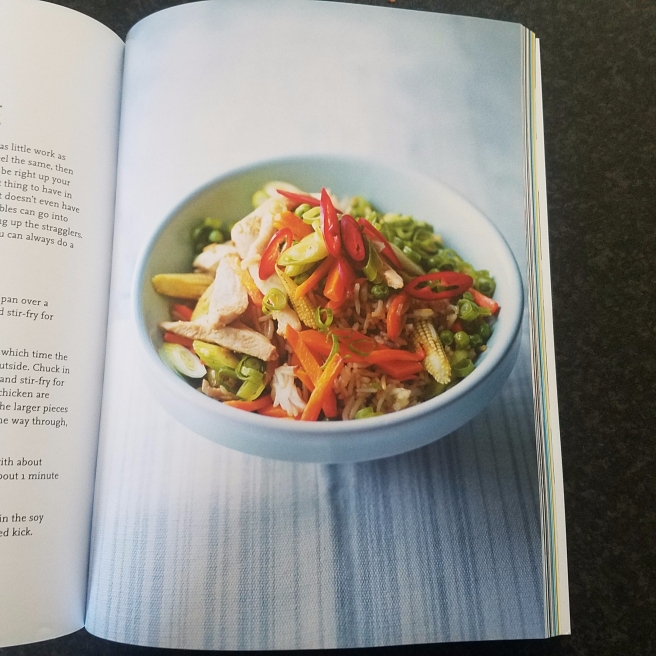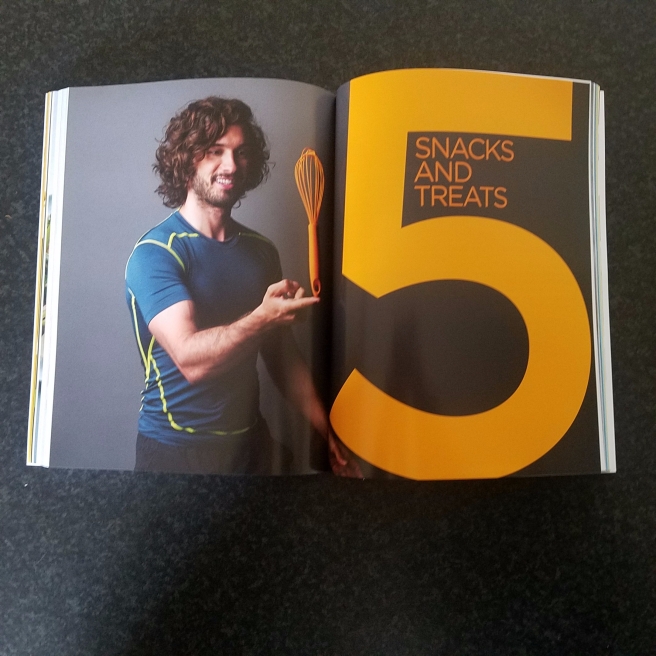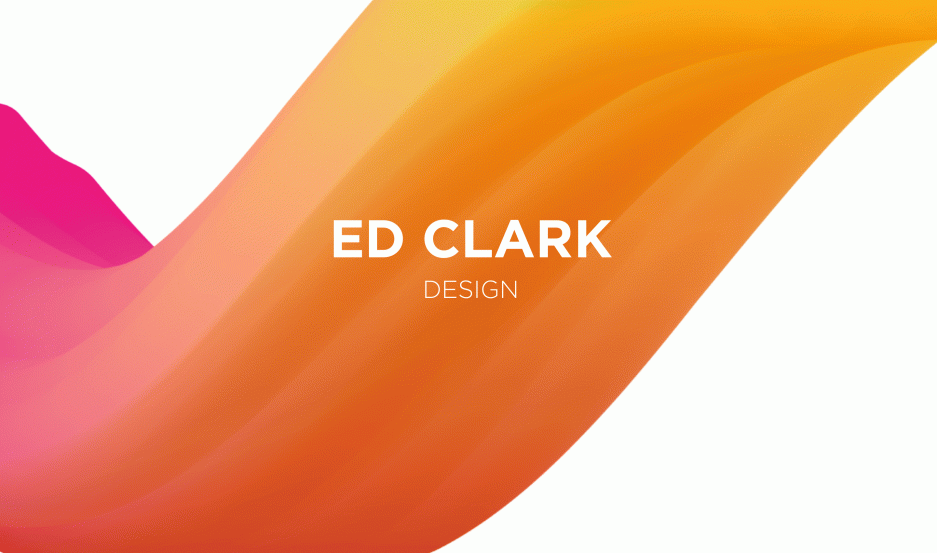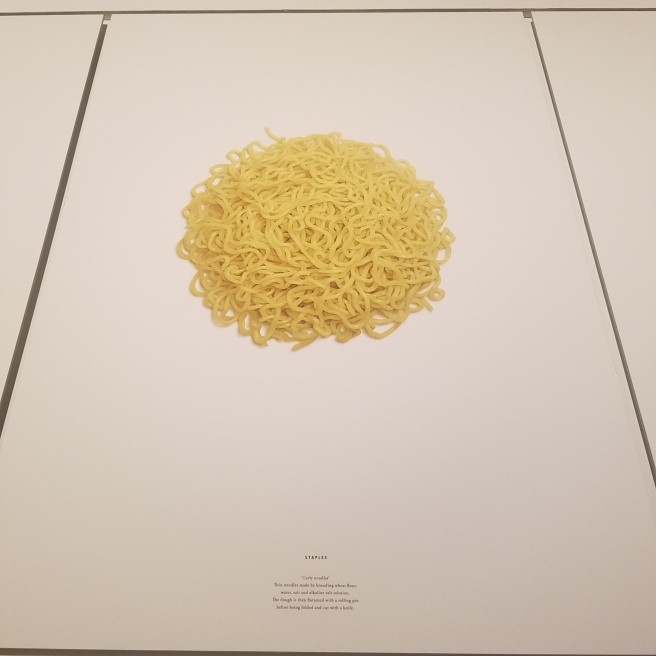Joe Wicks is a fitness coach, TV presenter and author, with a passion for fitness and cooking. His first published cookbook Lean in 15 sold 900,000 copies and was a best selling book in 2015. He also presents his own show on Chanel 4 called The Body Coach.
I think this is a good starting point in my general research of the market. It just so happened my Mum bought a copy, so i’ll be trying the recipes in the next few weeks for further research. I like how simple the cover is. The subject is Joe, and positioned to the right, with text on the left. At first glance, you see what the book is about, “Lean in 15” clear and bold. The subtext is smaller in size, and in a less striking colour in yellow on white. It does seem to be directed at the female market, and this can be seen in the use of colour combinations and layout.
I noticed the title and his name were embossed & with a spot uv, adding interest and a nice feel when handled. This printing technique might be something to consider in my design. However on the down side.. I don’t really like the layout or the colour scheme of red, yellow & blue. It almost feels like a school exercise book.. However as the book moves onto recipes, the design becomes more exciting and visually more appealing.

I instantly recognised the typefaces used in the contents page, “Gotham” which feels very clean and neutral, but “classy” too. I feel like it lacks dynamic visual appeal though in the layout, and especially as it’s a fusion of cooking and sport.

As we move on to the recipe pages, the photography becomes more of an art form, with directional soft natural light coming over the subject at an angle. The image focuses on the drink as the main subject, with the fresh ingredients of the drink scatter in the foreground and background in soft focus.

I like the simplicity of this shot. The light comes from a similar angle to the smoothie image about, however a new textured cloth has been used. The printing is so detailed it picks up every stitch, and adds interest to the food it sits on. The soft blue tones add an inviting and homely feel, encouraging people to try the recipes for themselves.

I really like the section dividers. This is the type of design that I was hoping for in the contents pages as a sports fitness diet plan. The colours are vibrant, and the subject is positioned either side of the. Small props are used to reinforce and anchor the title of the section, and colours are linked too.







Evaluation
There is defiantly a lot of information in this book, and lots of interesting material to learn and use in my own balanced diet book. I’ve identified elements I dislike about the design, and what I would have wanted to see as a consumer. However, the photography was simple yes effective with good use of lighting and contrast. I will continue to analyse sources to gather more knowledge and information to strengthen my design.











